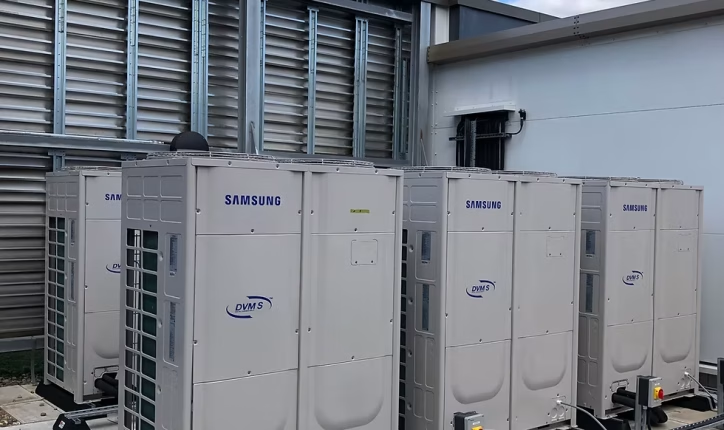Need Assistance? Call one of our experts today on: 0844 980 2218 - Email: enquiries@hflbuildingsolutions.co.uk
Need Assistance? Call one of our experts today on: 0844 980 2218 - Email: enquiries@hflbuildingsolutions.co.uk
Home/What Is Planned Preventative M...

236 Views
0 Comments
27 May 2025
In the world of building services and facilities management, one term that comes up frequently is Planned Preventative Maintenance (PPM). But what exactly does it mean—and why is it so important for commercial properties, residential blocks, and public infrastructure?
In this article, we’ll take a closer look at what Planned Preventative Maintenance is, how it works, and why it’s critical for maintaining safe, efficient, and cost-effective buildings.
Planned Preventative Maintenance (PPM) refers to the scheduled maintenance of building systems and equipment to prevent unexpected failures, extend asset lifespan, and ensure everything operates smoothly and safely.
Rather than waiting for something to go wrong—like a boiler breaking down or an air conditioning unit failing during a heatwave—PPM takes a proactive approach. It’s about planning ahead, maintaining equipment regularly, and fixing minor issues before they become major problems.
In building services, PPM typically covers a wide range of systems and assets, including:
Each of these components has its own maintenance schedule based on usage, manufacturer guidelines, and legal requirements.
PPM is usually arranged on a monthly, quarterly, or annual basis, depending on the asset and its criticality. For example:
A good building solutions company will build a custom PPM schedule based on the site’s needs, ensuring compliance with regulations while avoiding unnecessary visits or downtime.
Planned Preventative Maintenance isn’t just good practice—it’s often a legal requirement.
Building owners and facilities managers have a legal duty to ensure that systems like fire alarms, emergency lighting, gas boilers, and electrical installations are maintained to a safe standard.
PPM ensures compliance with:
By sticking to a PPM schedule, you minimise the risk of fines, legal issues, or reputational damage.
One of the biggest advantages of PPM is cost efficiency.
Although it may seem cheaper to adopt a “fix it when it breaks” approach (known as reactive maintenance), that method often leads to:
On the other hand, PPM can:
Over time, a structured PPM programme saves building owners thousands in unnecessary repairs and replacements.
Let’s compare the two:
| Feature | Planned Preventative Maintenance | Reactive Maintenance |
|---|---|---|
| Timing | Scheduled | Unscheduled |
| Cost | Predictable & often lower | Often higher (emergency callouts) |
| Downtime | Minimal | Can be significant |
| Risk | Low | High (safety, compliance, business impact) |
| Efficiency | High | Low |
Most successful facilities teams use a mix of both—reacting quickly to unplanned issues, but always working from a solid preventative plan.
Modern building maintenance is increasingly supported by Computer-Aided Facilities Management (CAFM) software. These tools allow your building solutions provider to:
PPM supported by CAFM means nothing is missed, and everything is documented—essential in audit situations or for insurance.
Planned Preventative Maintenance is essential for any organisation responsible for managing buildings or public spaces. This includes:
If your building contains electrical systems, HVAC, water tanks, or fire systems (and let’s face it, most do)—PPM should be in place.
PPM is only as effective as the team behind it. A reliable building solutions provider will:
At HFL Building Solutions Group, we provide bespoke PPM programmes for clients across all sectors—whether you’re looking to meet legal obligations, improve energy efficiency, or simply keep your buildings running smoothly.
Freeman House, Orbital 24, Oldham Street, Denton, Manchester M34 3SU